If you are looking for a diverse online platform that is sure to put your marketing campaigns in front of tons of people, Facebook Ads are the way to go.
With countless detailed targeting options and features, you can reach virtually anyone with an ad.
The powerful, hyper-specific targeting details are one-of-a-kind.
AdWords are great, but they just simply can’t provide some of the benefits that Facebook has.
But that also presents big problems for the average Facebook advertiser:
The platform is almost too complex, leaving inexperienced users overwhelmed.
In fact, most people create a custom audience but have no idea how to optimize it for growth and success.
That’s why 62% of small business owners say that Facebook Ads miss their intended targets and don’t perform to expectations.
Tons of advertisers on Facebook simply aren’t reaping the full rewards available to them.
And most of this is the result of custom audiences that don’t work.
This is a problem because custom audiences are the bread and butter of Facebook.
It’s why people love to use the platform. So when users don’t find success, they quickly give up, claiming that Facebook Ads don’t work.
Or believing that Facebook isn’t meant for advertising.
But that’s not true. And thankfully, there are a few ways you can fix your custom audiences to perform better, making you a bonafide member of Team Facebook Ads.
Here’s why your Facebook custom audiences are failing, and how you can fix them ASAP to see a better return on investment.
You’re only targeting demographic data
One of the biggest reasons that custom audiences fail is due to the use of basic demographic data.
The typical marketing playbook tells us to create simple buyer personas or customer profiles that describe our typical customers.
They usually look something like this:
The basic information you get includes a name, age range, gender, and common roles that person plays at their business.
Don’t get me wrong. Buyer personas are amazing.
I use them on a daily basis to drive sales and traffic to my businesses.
But when it comes to Facebook Ads, buyer personas aren’t sufficient.
They aren’t nearly detailed enough to find scalable growth and profit.
I’ve seen a lot of marketers take this data and use it to create a new custom audience.
For example, if you head to the Facebook Business Manager and create a new audience, do you create something like this?
Saved audiences on Facebook are great. But not when you limit yourself to demographic-based targeting.
Simple metrics like age and gender aren’t going to get you qualified buyers.
Just take a look at how diverse and large this audience is:
Trying to target 33 million people with a single ad set and a niche industry product isn’t going to get you any sales.
Why? Because if 33 million people were interested in your product, you wouldn’t need Facebook to advertise.
You simply can’t appeal to everyone. And that’s fine! In fact, larger audience sizes on Facebook often perform poorly because the targeting isn’t specific enough.
You could be wasting tons of money on clicks and impressions without ever seeing a dime in return.
And part of this is Facebook’s fault. When you go to create a new ad, you are asked to create an audience:
And the main options are demographic data.
On top of that, if you navigate to your audience insights within the Business Manager, you also see a plethora of demographic data:
Facebook constantly promotes the use of basic demographic data on their analytics and audience options.
It’s the most visible, widely-used form of targeting they offer.
But it’s not sufficient.
This is one of the biggest mistakes in custom audience creation.
You’re not using interests and exclusions
You should also be focused on interests and exclusions when building your custom audiences.
You can’t use simple demographic data and expect stellar results.
People often glance over the detailed audience-targeting option of interests and exclusions:
If you like to target by demographic data, but don’t use detailed targeting, you’re making a big mistake.
With interests and exclusions, you can narrow down your audience from 33 million to a few hundred thousand.
This gives you a much better shot at targeting the right people.
You can target anything from income to spending habits and job positions.
You can get hyper-specific with your details.
For example, let’s say that I run an SEO agency that works with Fortune 500 companies.
I can specifically target them using the interests section:
But even then we’re not specific enough yet. My audience size is still in the millions.
Take a moment to think more about your business.
Do you sell to specific segments? Are there customer types that make up the majority of your sales? What job positions do they hold?
Answering these questions can help you narrow down your audience.
In this example, let’s say that I only find myself closing deals with chief marketing officers.
I’d select the following:
That gets us a little closer, but we still have a ways to go. Because even within this level of specificity there are likely some segments that don’t buy your product.
For example, I don’t have success getting sales managers to show interest in my agency. So, I’d want to exclude them from targeting:
This will help you refine your audiences.
With these three targeting factors, I’ve narrowed my audience down to just over 700,000:
Keep tailoring these groups as much as you can.
Don’t set your custom audiences up for failure because of your lack of specificity.
Your recency window is too short
When doing simple remarketing ads on Facebook, most people turn to custom audiences.
You can quickly set up a new website-visit-based remarketing campaign and audience within the Business Manager.
Custom audiences for remarketing often fail for one very specific reason:
The default 30-day cookie window isn’t effective.
Here’s what it looks like when creating a new custom audience based on website visits:
Facebook defaults to custom audiences from the last 30 days.
This is the number of days you want people to remain in your audience after meeting the traffic criteria or goal.
In plain English, this means that when someone visits your website, they will only remain in that audience for 30 days after that visit.
But that’s problematic when you look at the typical sales funnel:
Before someone buys from you, they go through various levels of the buying process.
They aren’t going to buy the first time they see your product.
In the awareness stage, customers are still trying to figure out what their problem is and if it’s a solvable one.
They haven’t even begun their research yet.
In the interest stage, they start to explore various products or services to fix their problem.
Which means you haven’t received the final rose yet. The buyer is also considering competitors.
Next, they decide which business they think will help them the most.
But it isn’t until they take a final conversion action that you actually see a return on investment and a full completion of the sales cycle.
And that conversion cycle can last much longer than 30 days in many cases.
If you notice that your company converts leads to prospects to sales in fewer than 30 days, you’re probably fine.
But if you are like most of us who aren’t able to convert a non-brand-aware user to a customer in just one month, you should be using a much higher window for your audience.
BigCommerce first noticed this mistake when they were running ads for clients and found that the conversion windows were heavily delayed:
Tons of the sales for their client weren’t coming in until 12-30+ days.
So a 30-day window wasn’t the most efficient option.
Try using a longer window, like 30-90 days:
Experiment with this number by creating two custom audiences with different cookie windows to see which performs best over the period of two months.
Target by specific page visits and user flow
One of my favorite ways to create better custom audiences and fix failing ones is to get detailed.
We know that demographics don’t cut it.
Even adding in interests and exclusions might not work for you.
When all else fails, you need to jumpstart your campaign with visitors that will buy from you.
And thankfully, with Facebook’s custom audience platform, you can target incredibly specific actions from your website.
Let me give you an example before we dive in.
Check out this advertisement I ran for an old webinar that I hosted:
Notice how specific it is? It’s not a basic, awareness-style ad that is focused on grabbing the attention of millions.
It’s directly relevant to the webinar that I was hosting at the time.
And these ads were only targeted to a custom audience that showed deep interest in my webinar.
I ran these because I knew that people would convert on them if they had shown prior interest by visiting my webinar landing page.
So instead of remarketing to all my website visitors, I targeted specific page visits and URLs where leads showed an interest.
Here’s how to do it.
Open up your Facebook Business Manager and go to the audiences tab:
From here, create a new custom audience:
From the list of options, select “Website Traffic” as your targeting option:
But now, instead of selecting the basic remarketing option of targeting all website visitors, select visits by specific URL:
Then, you can outline specific buyer behavior patterns.
For example, do you notice that people are viewing multiple pages before they buy? Are they visiting your pricing page after a specific blog post?
What is the common user path?
If you don’t know, head over to Google Analytics and open up the “Behavior Flow” report:
This will show you exactly how people are moving and interacting with your site before making a final conversion action:
Start to analyze the most popular entry points and typical viewing paths customers take on your website.
If you start to notice trends and common sequences, you can take advantage of them for this specific custom audience.
For example, a common user flow on my site looks like:
About page -> blog post -> consulting page conversion
I’ve noticed that the mass majority of people who convert on my site follow that same route.
Once you’ve figured out a great behavioral pattern, head back to the Business Manager and input those links:
This is the path I mentioned earlier which will add visitors to a new custom audience when they land on these three pages over the course of 60 days.
This is a hyper-specific audience based on specific page visits that I’ve seen convert well.
I’ve even received ads on my own Facebook page that I can tell are using this strategy.
For example, check out this ad from Hootsuite that I got after visiting their product page:
They didn’t target this ad to everyone on their remarketing list or everybody who visited their website once.
They did it for specific visitors who visited the corresponding landing page.
Custom audiences tend to fail due to a lack of creativity and detailed targeting.
You have to get specific with these audiences if you want conversions to come quickly.
Try using this audience to match your site visits and behavior flow to drive more sales.
Make sure to target by frequency
On top of using specific page visits, another great way to fix a failing custom audience is to simply add another parameter:
Frequency.
The more someone has visited your site, the higher the chance that they’ll buy from you.
First-time visitors aren’t likely to convert.
In fact, 98% will not purchase from you on the first visit.
So if you aren’t sorting by frequency, you are risking targeting a still too-large audience.
As we discussed, the sales funnel is complex. Especially when it comes to Facebook.
Here’s an example of just how complex a sales funnel can be when using Facebook Ads:
Sometimes it takes upwards of five ads to get a final conversion action or close a hard sell.
And it’s the same way with your website.
If you can’t expect first-time visitors to buy, you shouldn’t waste money on anyone who hasn’t visited your site more than once.
Facebook Ads are all about one thing:
Generating sales that are profitable for your business.
And to do that, you need your custom audiences to target the cream of the crop.
To enable frequency targeting, you can add it to any custom audience you choose.
For example, when you are making a custom audience based on website traffic, simply hit “Further refine by” to pull up your options:
Next, select a frequency from the menu.
Now you can add an extra buffer layer to your custom audience to give you an even higher shot at converting users with less money and fewer ads:
Here’s what your entire custom audience will look like:
In the above example, a user will get added to your custom audience if they visit your specified URL two or more times within 60 days.
That’s one of the easiest ways to fix any failing custom audience.
Simply up the frequency and you’ll narrow your audience to users who’ve shown strong engagement levels on your site.
Create a 1% lookalike audience
Lookalike audiences are pretty simple:
You make an existing audience from your current customer emails to a current custom audience, and then Facebook will replicate the audience with new people.
For example, Facebook can take your existing customer list, match those emails to accounts, and then find other users with similar data that would also be interested in your products.
And it works.
It’s great for creating fast custom audiences without doing the legwork of interests, exclusions, or detailed remarketing optimization.
Lookalike audiences give you the option of choosing what percentage of people you want to target:
The range is from 1 to 10%, with 10% producing the largest audience size and 1% producing the most specific and smallest audience size.
10% will net you 10% of the total population in the countries you choose, with those selected more closely resembling your other audiences and customers.
And with Facebook’s user base surpassing two billion monthly active users, marketers often think that a 10% lookalike is a good idea.
With such a big user base, they think that bigger audiences will get bigger results.
The more the better, right? In this case, it’s the exact opposite.
AdEspresso proved this by spending $1500 on a lookalike custom audience experiment in 2017.
They wanted to test the three most common levels of lookalike audiences: 1, 5, and 10%.
They conducted this study over a period of 14 days, using the same ad for each audience:
These were lead-based ads that were meant to capture emails via lead magnets.
They offered deals to customers who had shown interest in their blog posts or services but weren’t ready to convert just yet.
So when someone clicked on the ad, they had to enter information to receive the free e-books:
Next, they created a new campaign and used Facebook’s A/B testing functionality to test their audiences against each other:
With Facebook, you can now split test multiple audiences, which is what AdEspresso used to simultaneously evaluate those three audience levels.
Their timeline was 14 days with a budget of $1,500, which gave them $35 a day to spend:
They set up their three targeting percentages:
The results showed some significant data as to why many marketers were not finding success with this custom audience type.
Here’s some of the most important information and concluding data that they found:
The above image shows the three groups, with the far left column showing the 1% audience, the middle image is the 5% audience, and the far-right image shows the 10% audience.
The 1% lookalike audience had a cost per lead of $3.748. The 5% lookalike audience had a cost per lead of $4.162, and the 10% lookalike audience had a cost per lead of $6.364.
One key factor stood out that proved how effective smaller audiences are on Facebook:
The 10%-based lookalike audience was found to have a 70% higher cost per lead than the 1% audience.
That could be a gamechanger in producing positive ROI numbers for your business.
Why? Because they paid for a larger audience for clicks and impressions that simply were not relevant enough.
10% audiences sound great in theory because they give you the option to corral tons of users, but they just don’t deliver specific enough results.
More users often seem better, but on Facebook, more users mean less targeting accuracy.
To get started creating a 1% lookalike audience, simply navigate to your audiences section under your Business Manager and select the lookalike option:
From here, you need to choose the source for your lookalike audience:
The source could be anything from a custom audience to an email list to a specific page or profile.
Once you’ve selected it, make sure you select 1% as your audience size:
If you want to A/B test these audiences on your own, since data can’t always tell you the full story for your own business, you can actually create multiple audiences from the lookalike page.
Click “Show Advanced Options:”
Then, select the number of audiences and sizes you want to create:
Try creating an audience at 1%, 5% and 10%, just like AdEspresso did.
Once you’ve done this, head to your Ads Manager to create a new lead magnet ad:
Before continuing, make sure to select the split-testing feature to compare your audiences with the same ad:
Now that you have enabled the split-test feature, scroll down to the variables section:
This is where you can choose what variables you want to test.
You have three options here. For this custom audience test, you want to select the audience-based option:
You’ll notice two different ad sets to begin with. But thankfully, Facebook allows you to test more than two ad sets at a time.
Hit “Test Another Ad Set” to add a third to your list:
If you created four or even five lookalike audience versions, feel free to add the corresponding amount of ad sets to make this split test accurate.
Next, click “Edit” on each ad set to select your corresponding lookalike audiences:
Once you’ve done this, you’re ready to push your new ads live and see which audience produces the most conversions at the lowest costs.
Remember: Facebook custom audiences are all about specificity. Don’t make the cardinal sin of trying to cast too wide of a net.
Slow and steady wins the race, and the more niche-focused you get, the better the conversions you’ll land.
Conclusion
Facebook’s advertising platform is one of the best ways to reach new customers.
With boost posts and ever powerful remarketing, you can reach almost anyone.
On top of that, custom audiences are a gold mine when it comes to detailed targeting.
But with so many options to choose from, they can often cause problems for marketers.
Having tons of features is wonderful, but it can also be overwhelming.
Targeting is the main reason that ads don’t work on Facebook.
If you target the wrong audience with the wrong offer, you won’t get a single sale.
But if you target the right audience with a stellar offer, you can skyrocket sales almost instantly.
One of the biggest mistakes is targeting only demographic data. Most people don’t target interests and exclusions, either.
Those are both huge mistakes that can cause your audience targeting to suffer.
On top of that, people target too narrow of a recency window, limiting their sales potential.
Instead, try creating custom audiences by specific page visits on your site.
This will allow you to target proven engagements with specific offers.
Try targeting by frequency, too. This will help you appeal to people further down the sales funnel who are more primed to buy.
Lastly, create a lookalike audience at 1% to find the best results. AdEspresso found that 1% audiences are the best for generating cheaper sales.
Facebook custom audiences that are properly optimized are a solid way to amp up your return on investment, so make sure to get them set up to work for you.
What are some of your best custom audience hacks to generate better results?


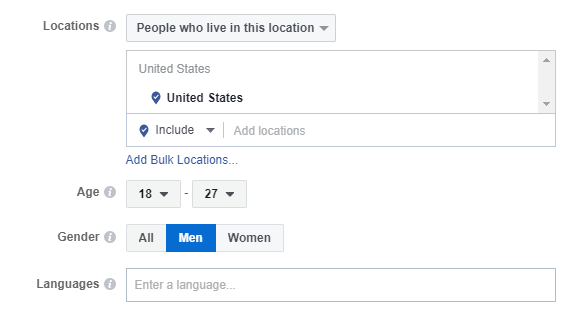
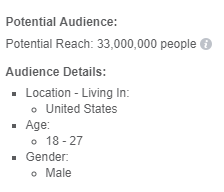
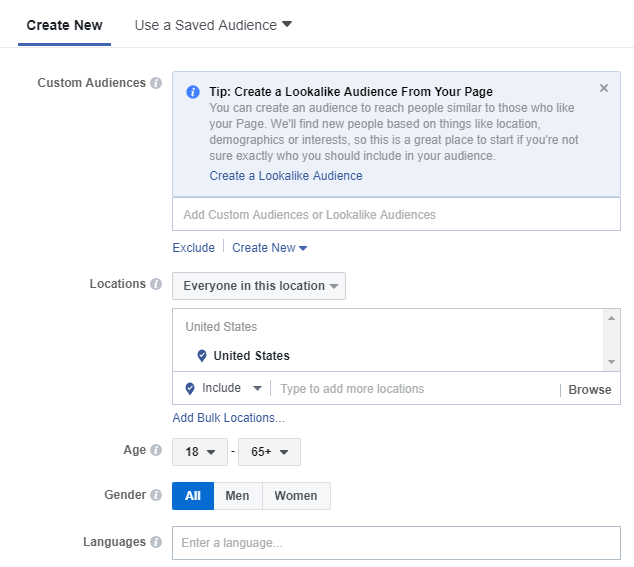
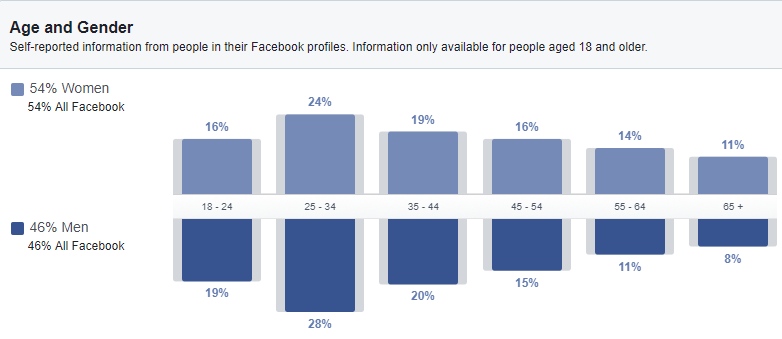


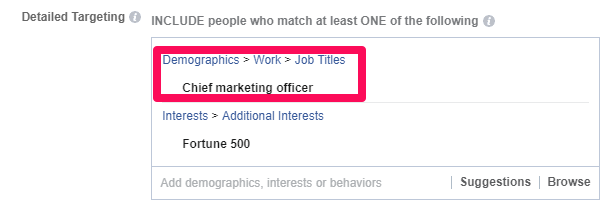

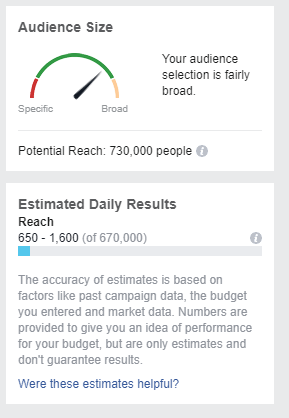
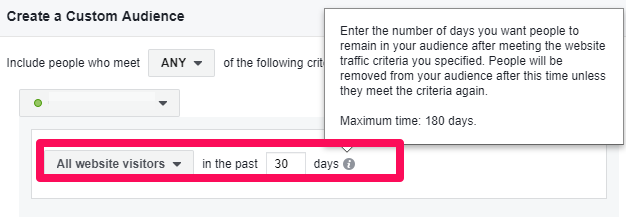
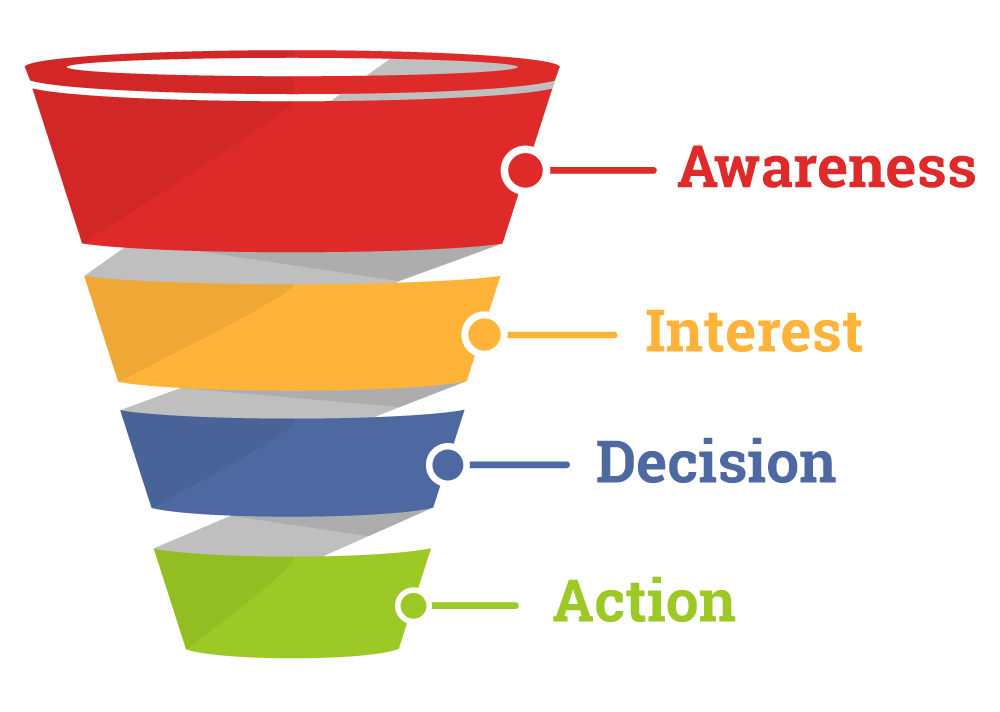
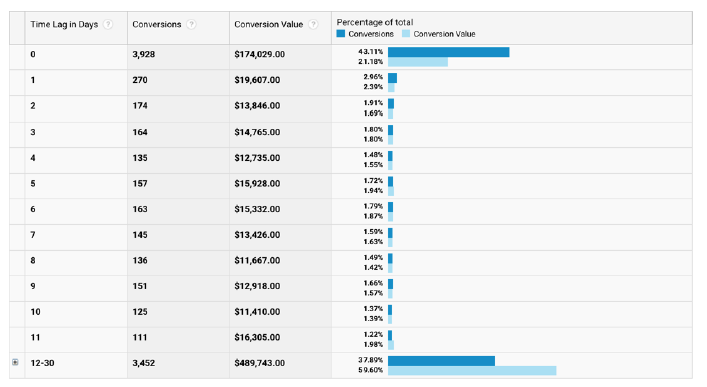

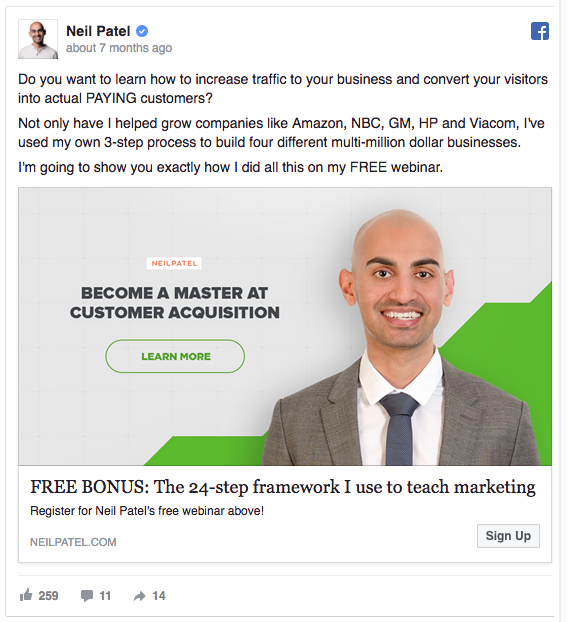

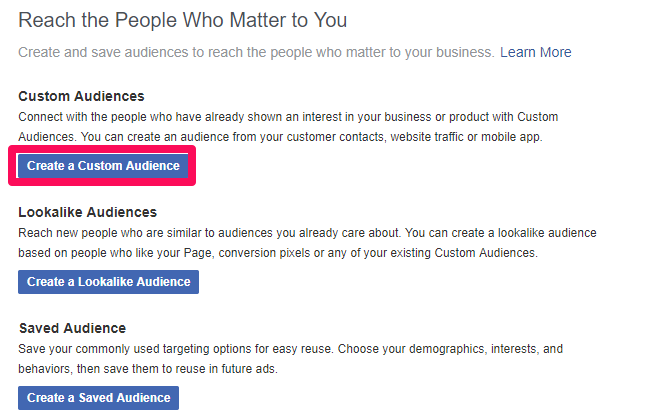
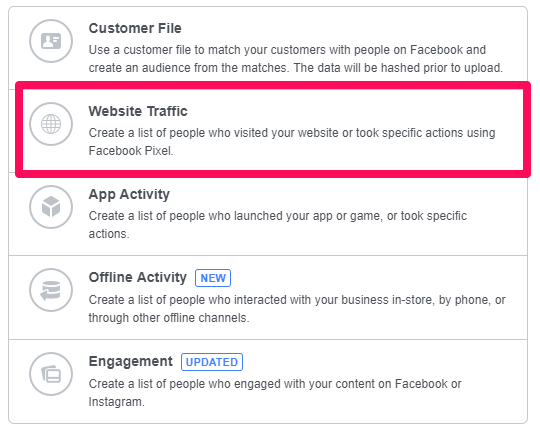

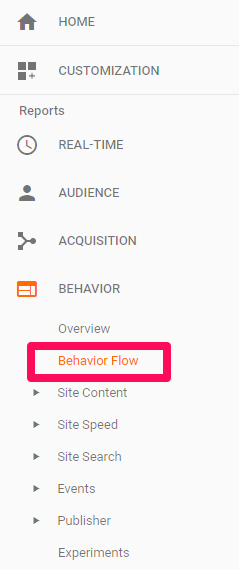
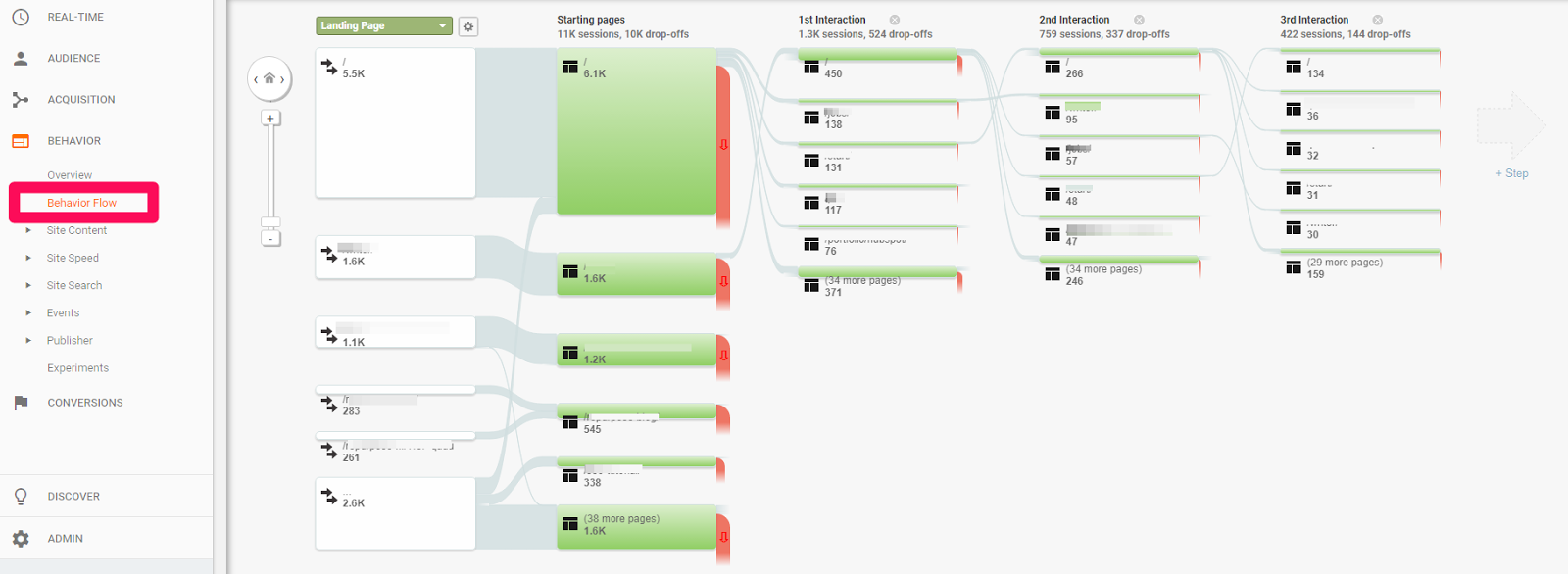
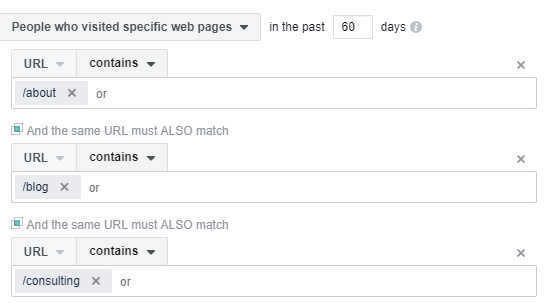
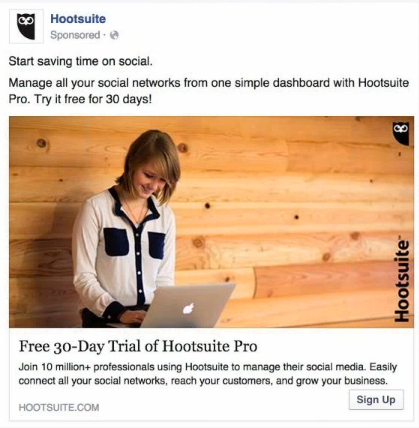
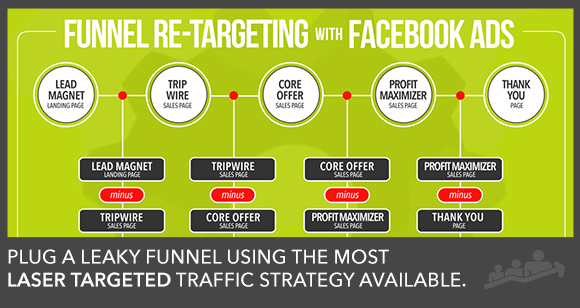
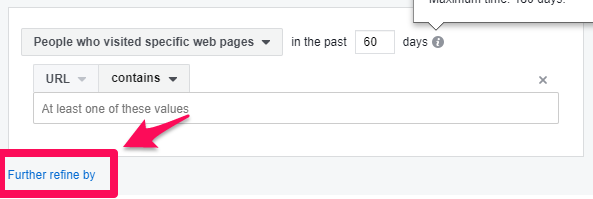

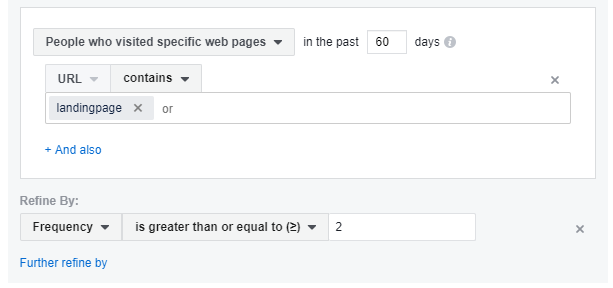


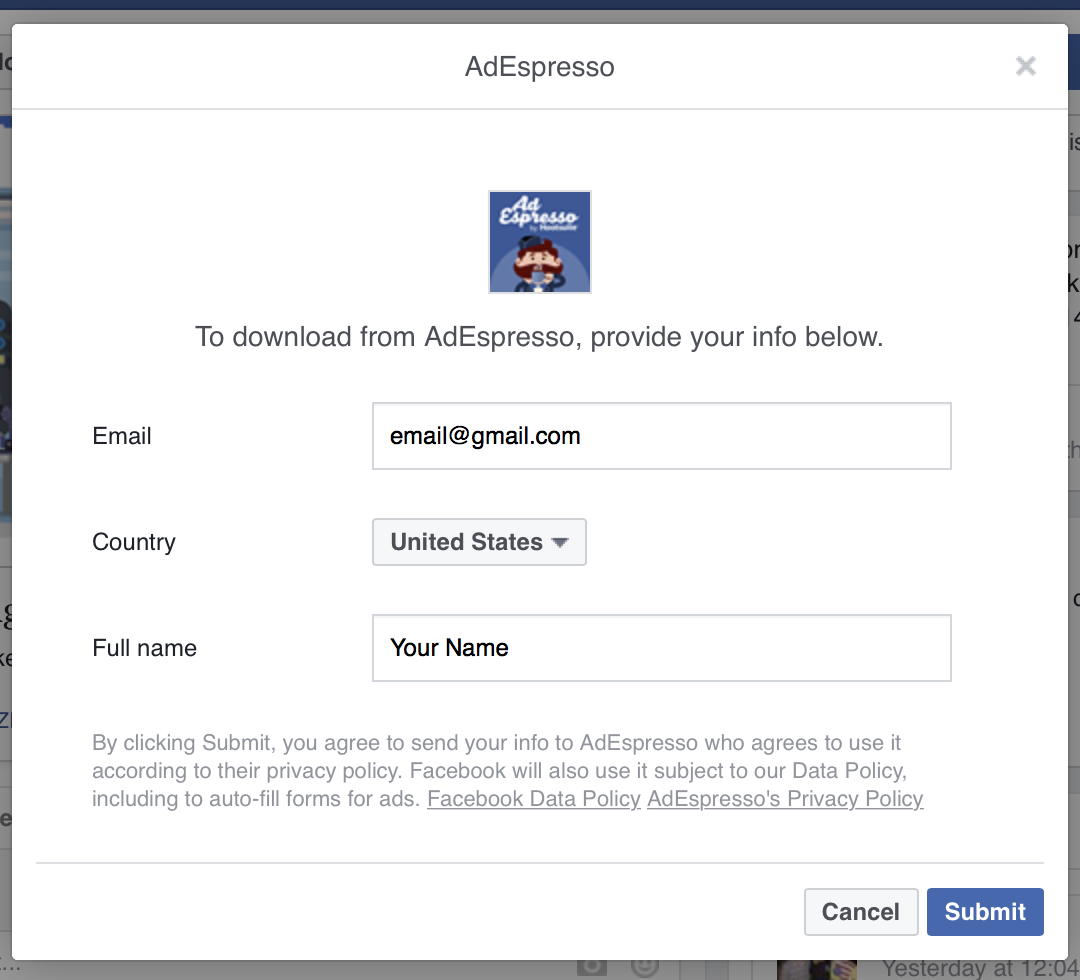
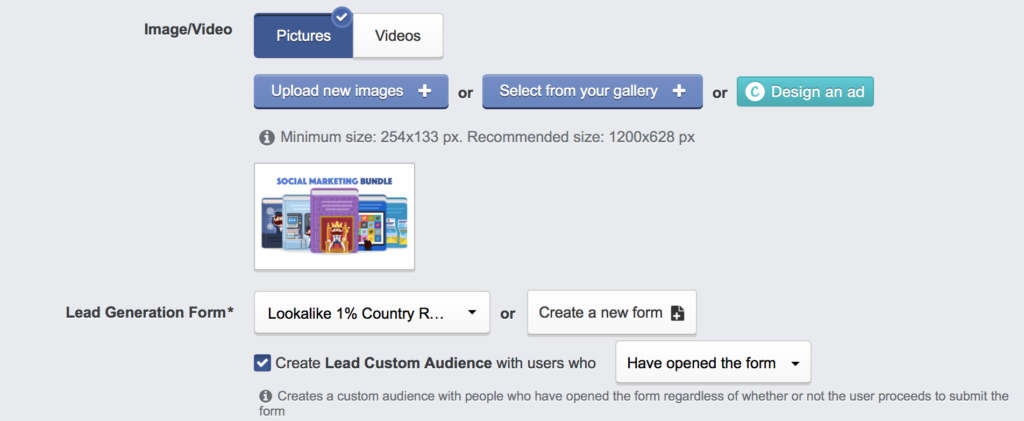

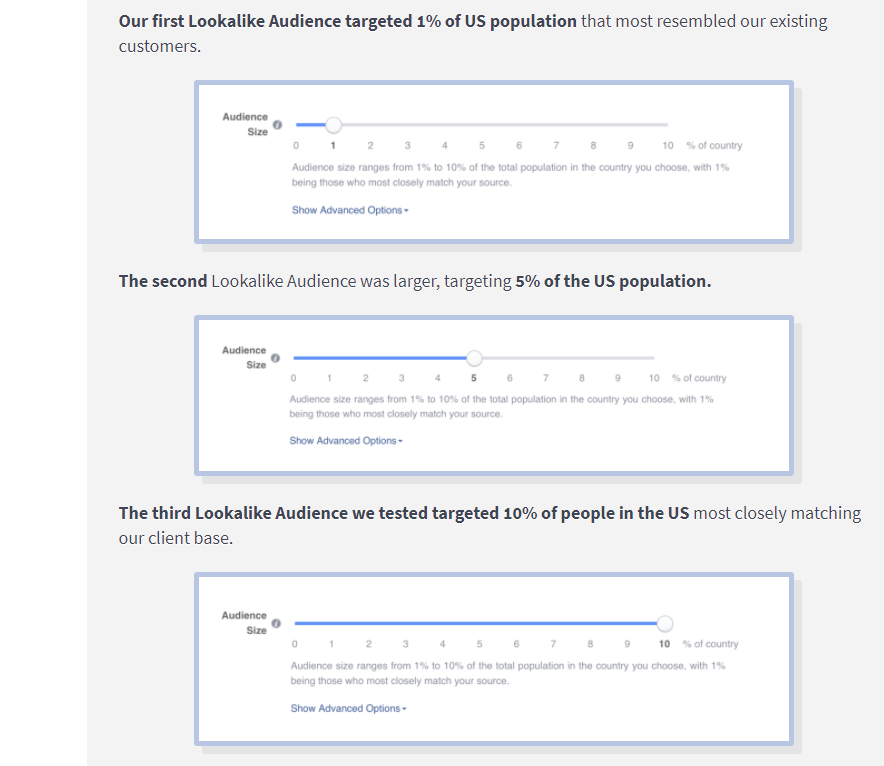
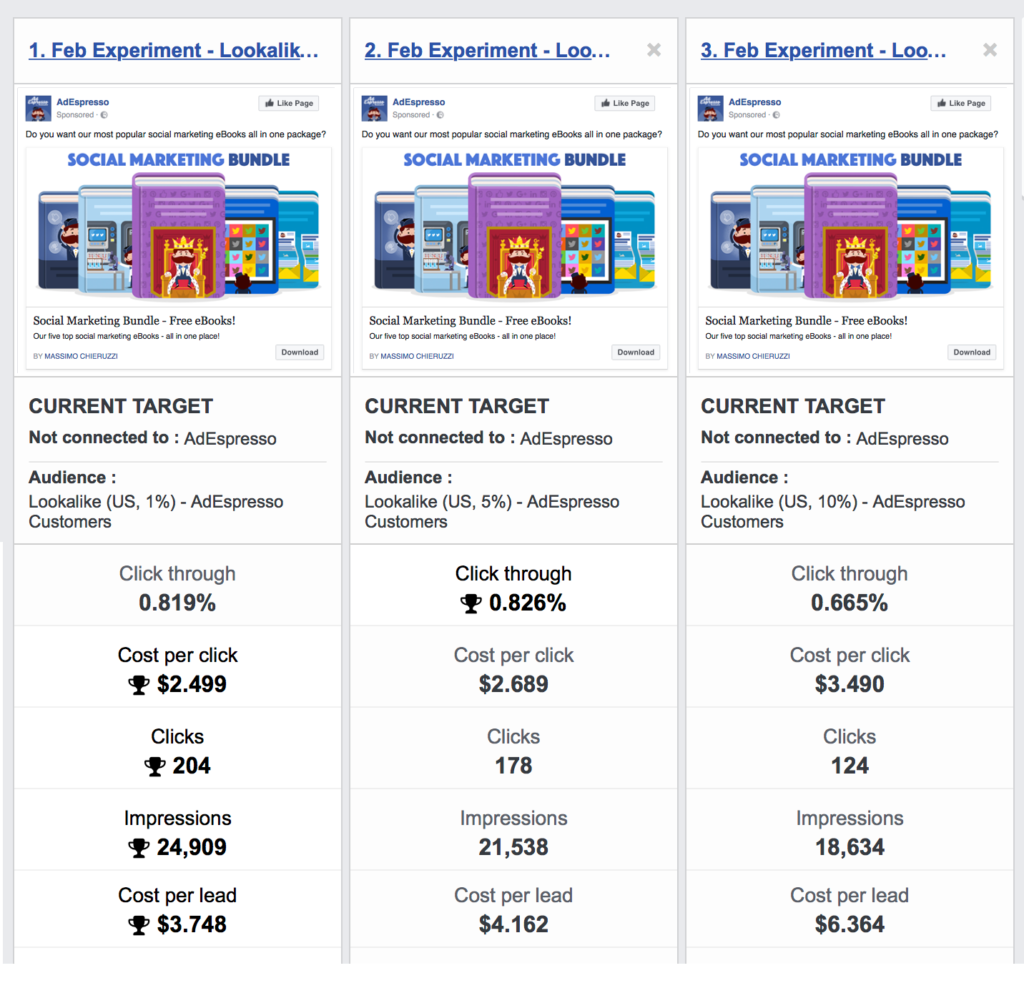
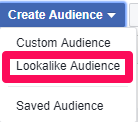



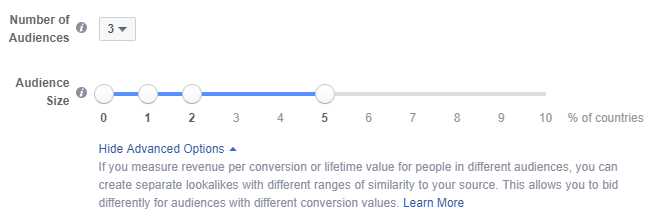

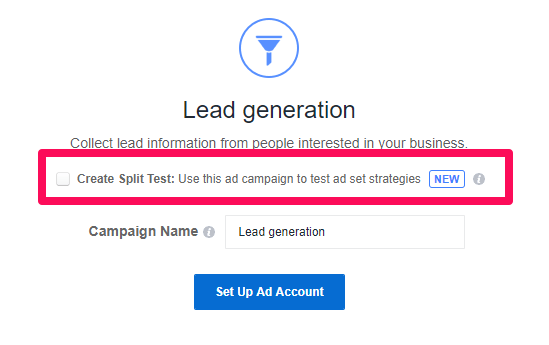
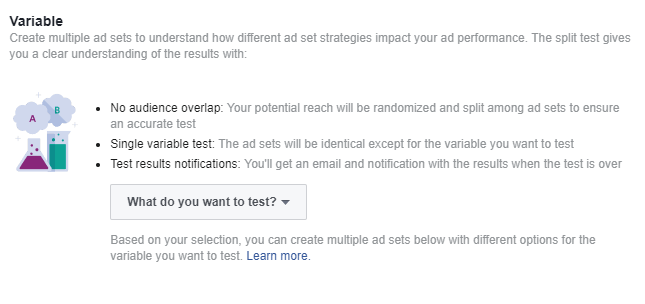
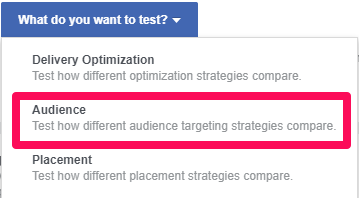
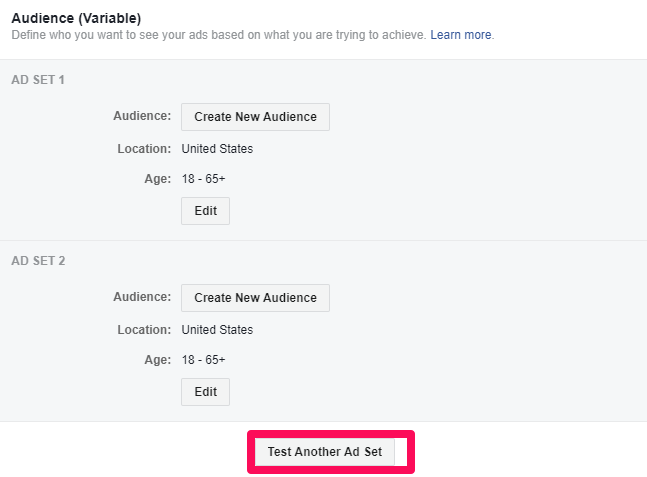
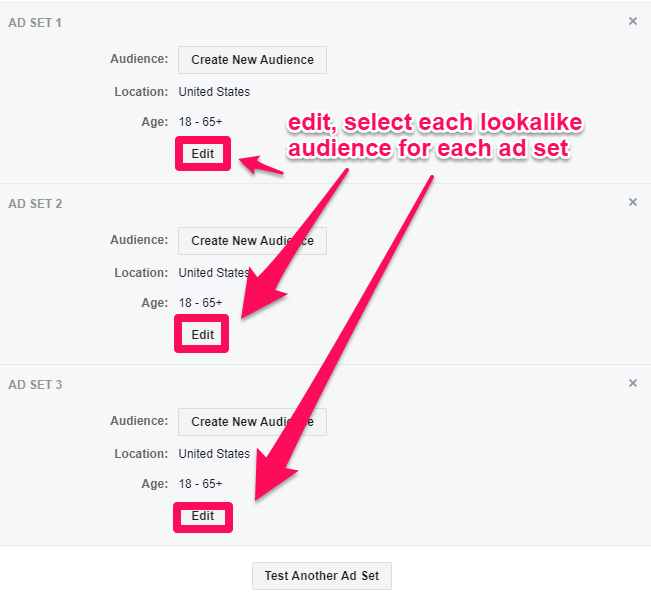
Comments (54)